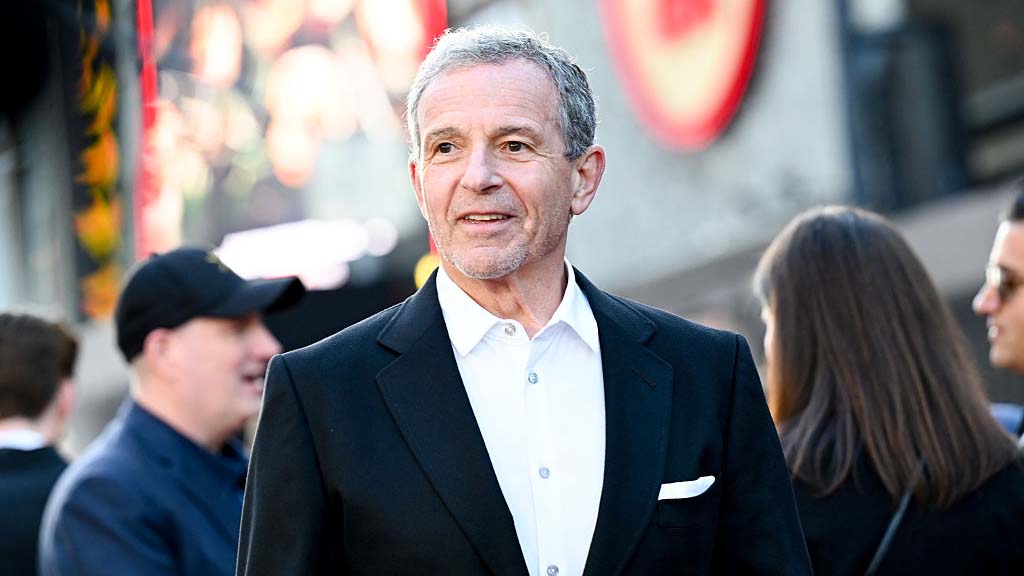Plug & Play Passage Sets Stage for Two-Way Standard
The Federal Communication Commission's adoption of a plug-and-play rulemaking yesterday set off a brief round of mutual congratulations among the contrarian segments of TV industry. At a Sept. 11 luncheon hosted by the Media Institute at the Four Seasons Hotel in Washington, D.C., representatives of the cable, broadcasting, the consumer electronics industries and the FCC all agreed on something for a change -- passage of plug-and-play will speed the DTV transition.
Rick Chessen, chairman of the FCC's DTV task force, said the action was important on three fronts: Consumers won't need set-tops for digital content; TV manufacturers can compete in an arena dominated by Motorola and Scientific Atlanta; and the rulemaking sets a foundation for two-way plug-and-play. The adopted rules cover only one-way plug-and-play functionality, which does not allow for pay-per-view or video-on-demand purchases.
"That's really where you want to get," Chessen said,
Neal Goldberg of the National Cable and Telecommunications Association said that MSOs and set-makers have been working on a two-way agreement since last January, when the current plug-and-play accord was reached. Goldberg related that only two years ago, the participants that hammered out plug-and-play -- the NCTA and the Consumer Electronics Association -- were at each others' throats.
"I was invited to a CEA Summit two years ago, and I came wearing a target. I don't feel that way now," he said.
Illustrating how arduous the process could be, he said there was a debate about what size of font to use for the labels telling consumers they'd need a POD card to get cable service.
Valerie Schulte of the National Association of Broadcasters said the FCC's action "removed an obstacle" in the digital transition. The NAB initially decried plug-and-play because the early verison included nothing about over-the-air reception. However, the adopted measure requires that televisions labeled "Digital Cable Ready" must include an over-the-air DTV tuner. This remains a point of contention for set-makers. The CEA has a lawsuit pending against the original tuner-card mandate set forth in the Powell Plan - FCC Chairman Michael Powell's guidelines to advance the transition to DTV.
Michael Petricone, vice president of technology policy for the CEA, said the association would be glad to drop the suit if broadcasters were to "aggressively promote" over-the-air DTV.
"We've made broadcasters an offer," he said.
Schulte responded that local stations are increasing their DTV marketing efforts, but "let's face it, most stations are just going on the air. Their best incentive is knowing that they can get through to consumers."
The latter remark referred to MSOs' resistance to a dual must-carry rule that would require cable operators to simultaneously carry broadcasters' analog and digital signals. According to the NAB, 1,011 stations were broadcasting digitally as of Sept. 11.
NCTA's Goldberg responded that cable operators are carrying the digital signals of 231 local stations. There might be more, he said, if not for so many stations doing DTV in low-power, or with no HD or enhancements, or holding out for compensation.
Schulte again shot back that 553 broadcasters are currently reaching a full 53.5 percent of the national audience with full-power DTV signals.
Regarding dual-must carry, Chessen said that the FCC was "prepared to rev up the engine and decide this."
He also said a decision would be forthcoming on the broadcast flag for copyright protection, and that the FCC will set a full-power transmission deadline.
Get the TV Tech Newsletter
The professional video industry's #1 source for news, trends and product and tech information. Sign up below.
